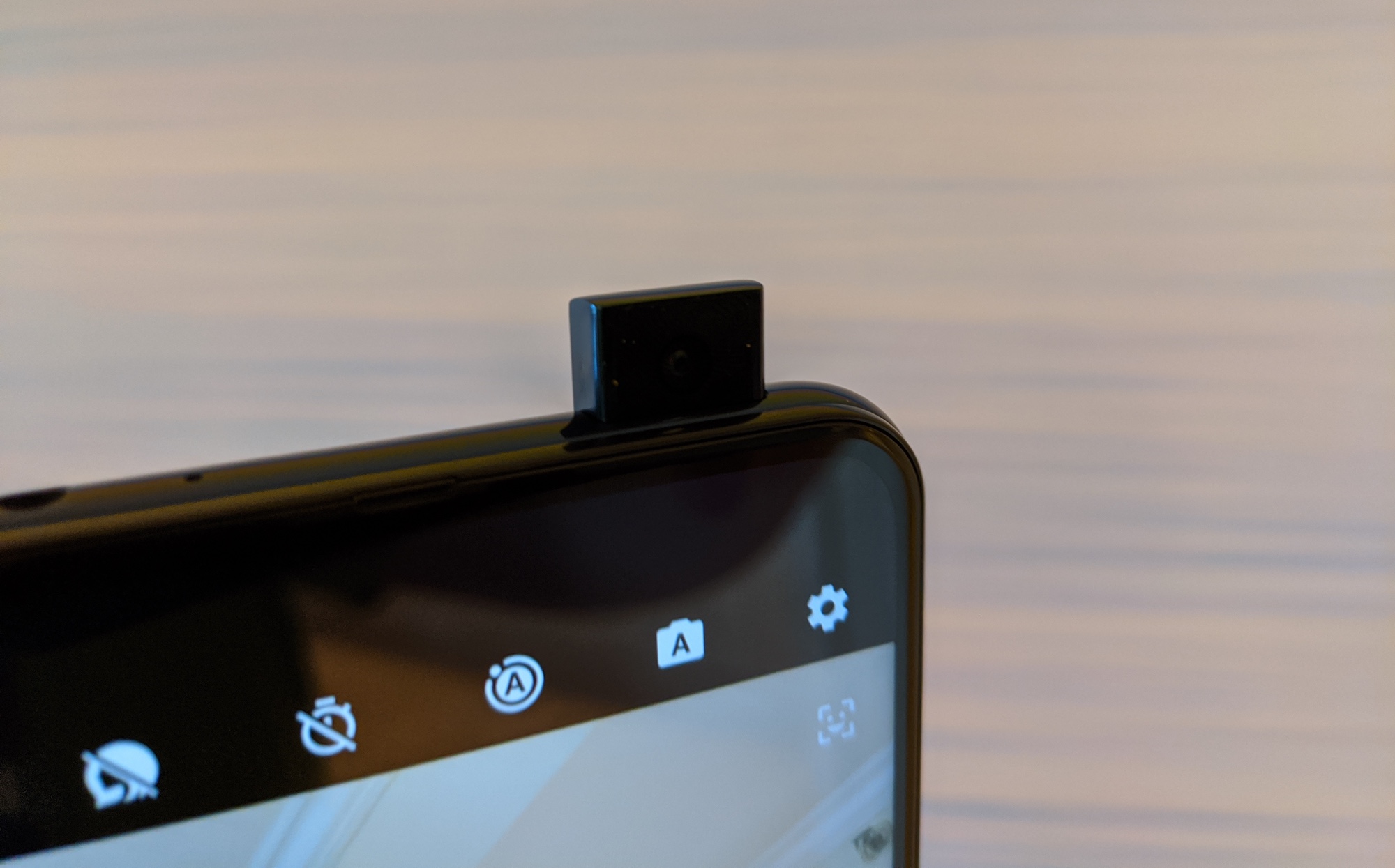Early Verdict
With its pop-up selfie cam, dual rear lenses and sub-$400 price, the Motorola One Hyper hopes to beat the Pixel 3a at its own game.
Pros
- +
Costs less than $400
- +
Pop-up front camera
- +
Ample real estate on 6.5-inch LCD screen
- +
Big battery with fast-charge support
Cons
- -
Only works on GSM-based networks
- -
Not as many rear lenses as other Motorola One devices
Why you can trust Tom's Guide
Motorola keeps cranking out camera-focused phones in its Motorola One lineup. After the Motorola One Zoom and its four rear cameras, and the Motorola One Action with its triple lenses and video optimization, we're getting the Motorola One Hyper.
This latest phone slots right between the $349 Action and $449 Zoom, and it makes do with just two rear lenses. But the main camera packs quite a megapixel punch at 64-MP, and the 32-MP front camera only pops up when it's time to take a selfie.
It's an intriguing phone with an eye-catching design, but the question Motorola's going to have to answer is what the Motorola One Hyper does that the phone maker's other One models do not.
Motorola One Hyper specs
| Price | $399 |
| Screen size (Resolution) | 6.5-inch LCD (2340 x 1080) |
| Processor | Snapdragon 675 |
| RAM | 4GB |
| Storage | 128GB |
| microSD? | Yes, to 1TB |
| Rear cameras | 64-MP (f/1.9) main; 8-MP (f/2.2) ultra-wide angle |
| Front camera | 32-MP (f/2.0) pop-up |
| Battery size | 4,000 mAh |
| Headphone jack? | Yes |
| Size | 6.4 x 3 x 0.35 inches |
| Weight | Around 7.1 ounces |
Motorola One Hyper price and availability
For starters, you don't have to pay that much for the Motorola One Hyper, which debuts at $399. That puts it at the same price as Google's Pixel 3a, which just has a single rear camera but also benefits from Google's software smarts.
Motorola is selling the Hyper unlocked through its own website. The phone will work on GSM-based cellular networks like the ones operated by AT&T and T-Mobile. Verizon and Sprint customers are out of luck.
Motorola One Hyper design and display
Though the Hyper uses a case made out of plastic, as you'd expect from a sub-$400 phone, this doesn't look like something out of the bargin bin. Motorola used a 3D curved design on the back of the phone, and combined with the matte finish, it looks like a pretty stylish device. From across the room, I thought I was looking at a much higher-end handset.
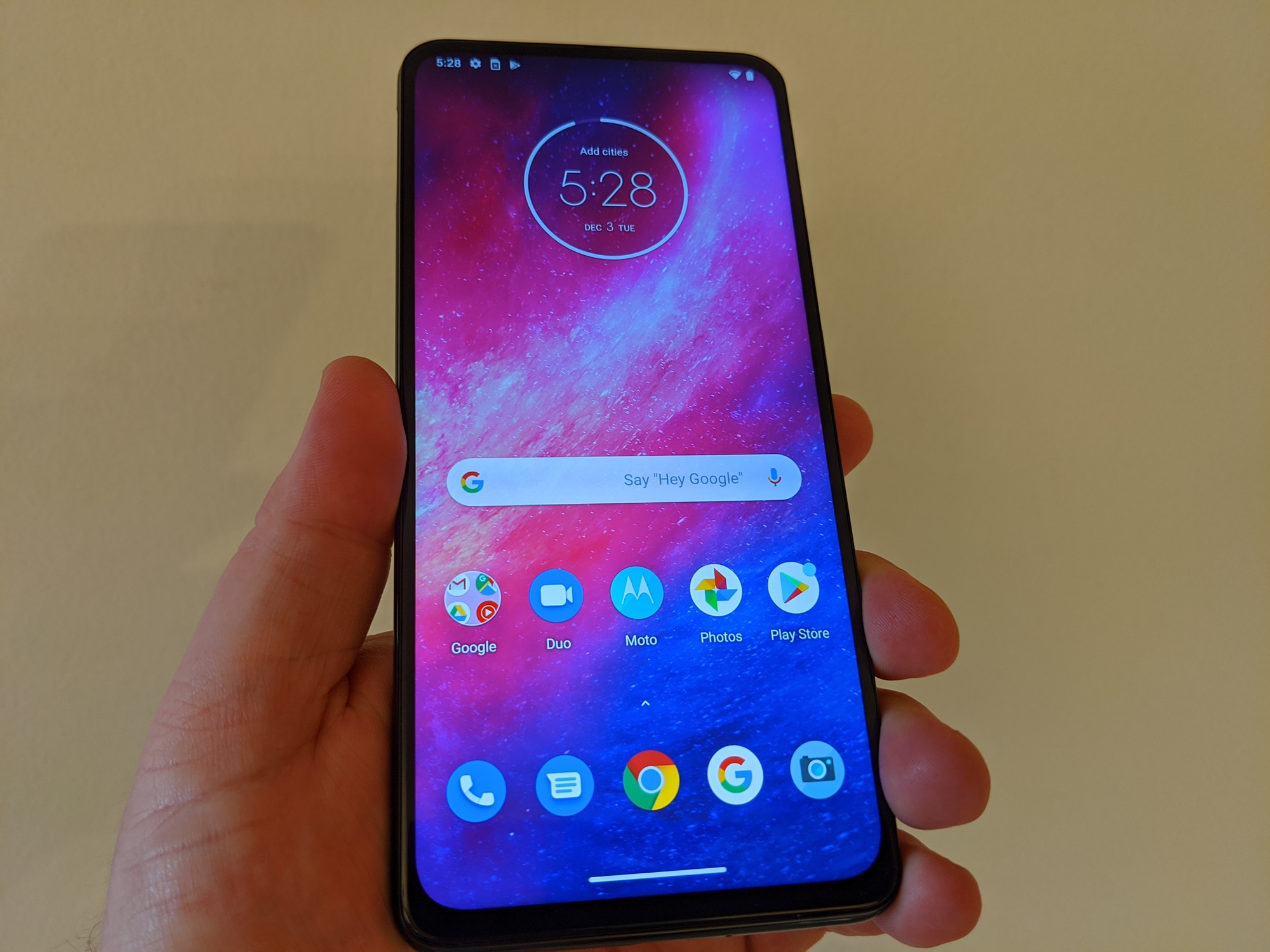
Motorola opted for some more vibrant colors in this version of the Motorola One. Initially, the phone will debut in a Deep Sea Blue color, but I think the Dark Amber version coming later is much more eye catching. Outside the U.S. — the Motorola One Hyper is also coming to Latin America and parts of Europe — there will be a Fresh Orchid color.
One design touch I think users will appreciate is the light ring around the fingerprint sensor on the back of the phone. It lights up to let you know when there's an incoming call or you're running low on power, along with other notifications. You can customize how that light behaves — whether it blinks or stays solid along with how bright it gets.
There's a headphone jack on the top of the phone — thankfully— and a USB-C port on the bottom. Motorola describes the phone as water repellant — it will stand up to an accidental splash — though there's no IP rating for water resistance.
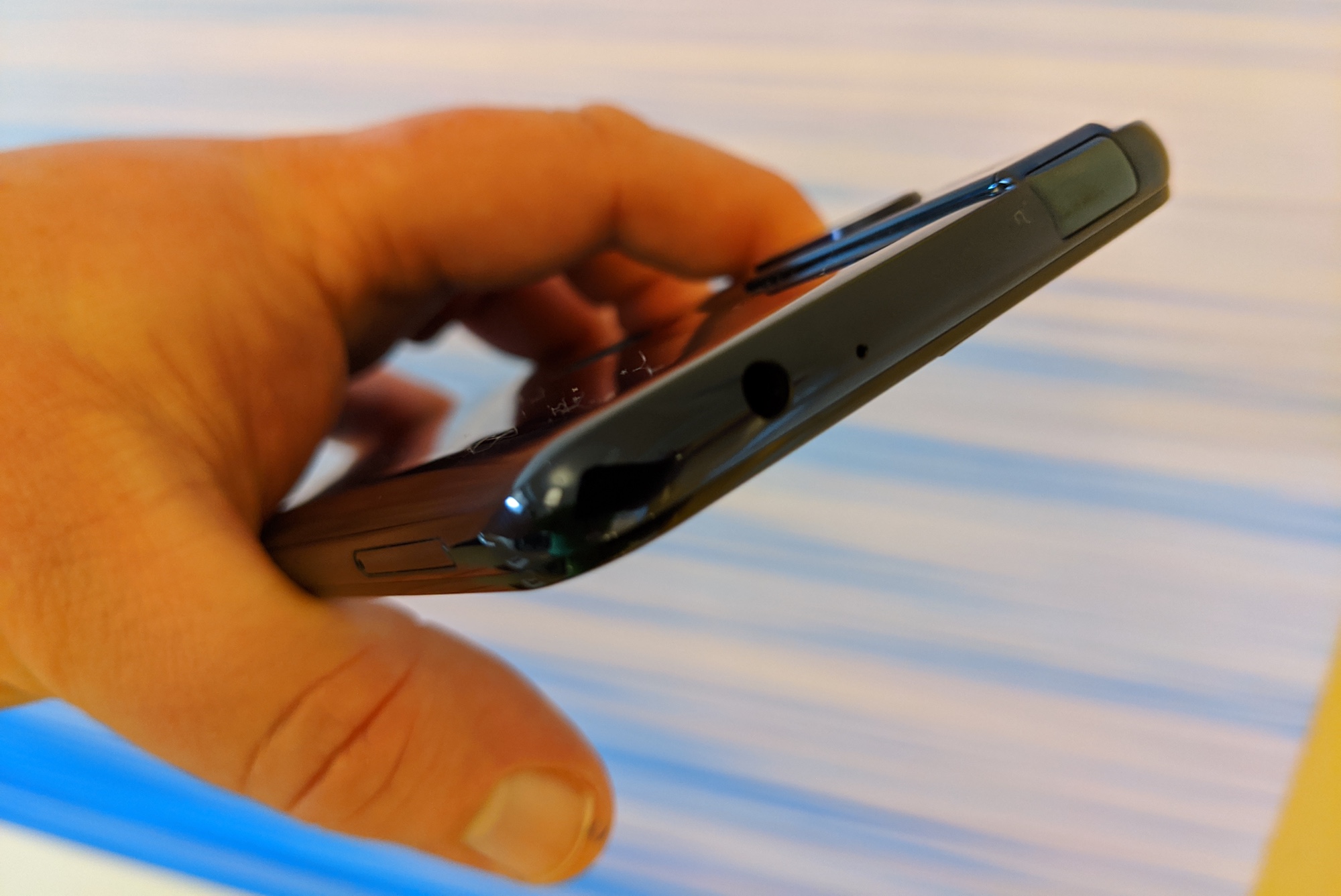
The Hyper is 6.4 x 3 x 0.35 inches — a little on the thick side for a phone these days, but tall and wide enough to house a 6.5-inch FHD+ display. Because that pop-up selfie cam eliminates the need for a bezel or notch, you get a lot of uninterrupted screen in this LCD panel with a 19:9 aspect ratio.
Motorola One Hyper cameras
Let's tackle that pop-up display first, since it's an unusual, though by no means unique feature. (The OnePlus 7 Pro sports one as does the Asus ZenFone 6.) You launch it by tapping on the front-facing camera icon within the Camera app. Or, since this is a Motorola phone and those support gestures, you can make a twist-to-capture gesture with the phone and by default, the pop-up camera will launch in selfie mode.
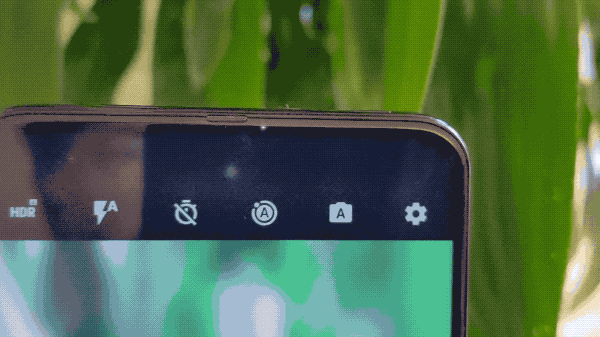
It takes less than a second for the camera to pop up, Motorola says, so you aren't in danger of missing too many shots. I like that the camera makes a mechanical noise as it pops up, but that's just an audio cue and not the sound of actual gears turning. If you're bothered by the noise, you can apparently switch it off in settings. Drop the phone, and the pop-up camera retracts automatically, by tapping into the Hyper's accelerometer and gyroscope to detect that it's falling.
As for the rear cameras, you get a 64-MP main shooter, which Motorola says will produce images with a great amount of color and detail. The Hyper's cameras pull that off with quad pixel-binning technology that combines four adjacent pixels into one. (The Motorola One Action uses the same technique.) In addition, there's a laser autofocus feature to keep images in focus and a Night Vision mode for low light photography.
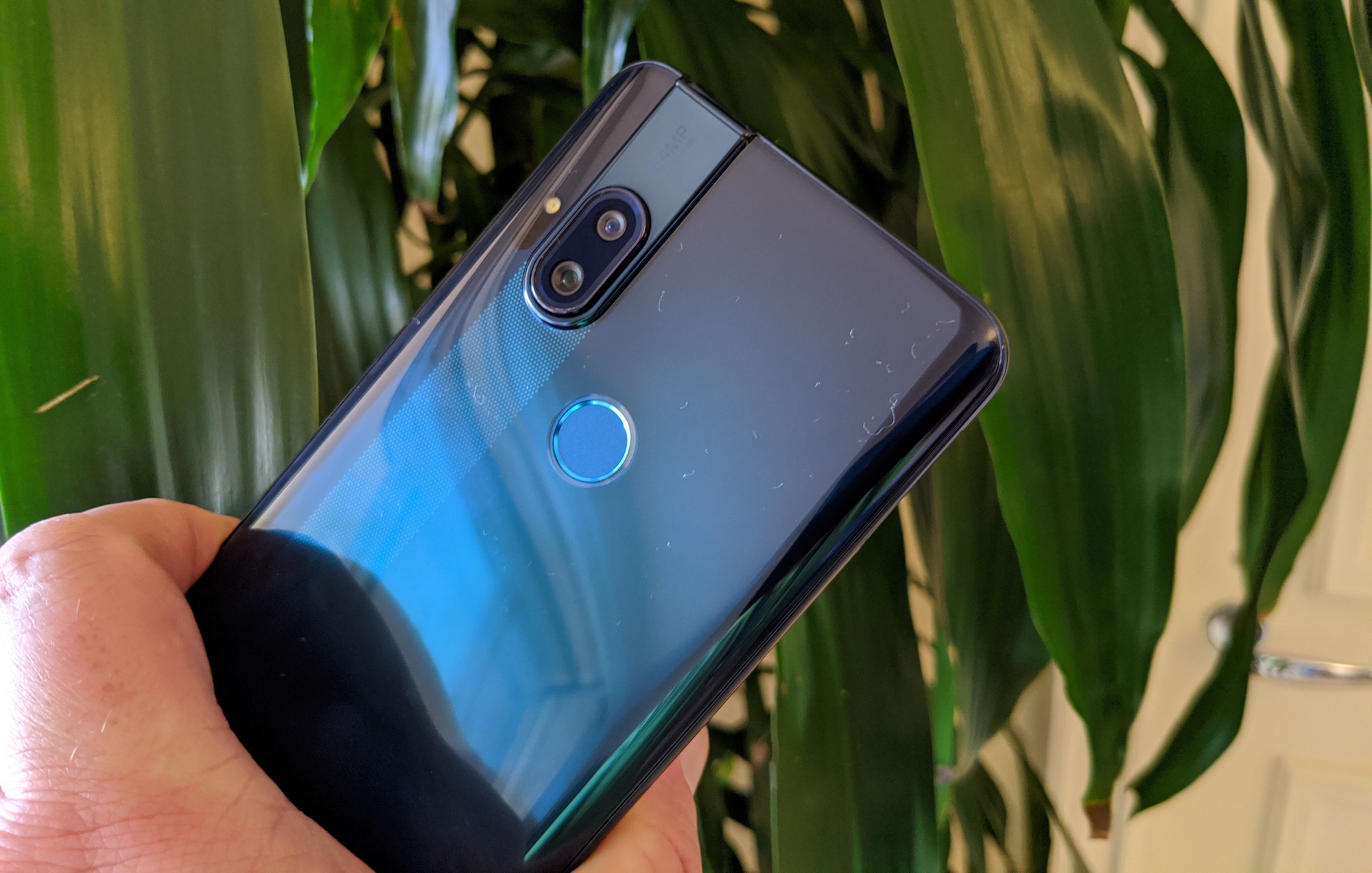
Because the Motorola One Hyper features shot optimization, it will auto-detect when to apply Night Vision, though you do have the option of manually turning on that mode. In fact, that's true of all the camera settings, though Motorola says it designed the Hyper's camera and features so that you never have to dig into settings to get an optimal shot.
The main camera is joined by a 8-MP wide-angle lens with a 118-degree field of view. That allows for 4 times more scene capture, according to Motorola, and you activate the wide-angle lens with the press of a button.
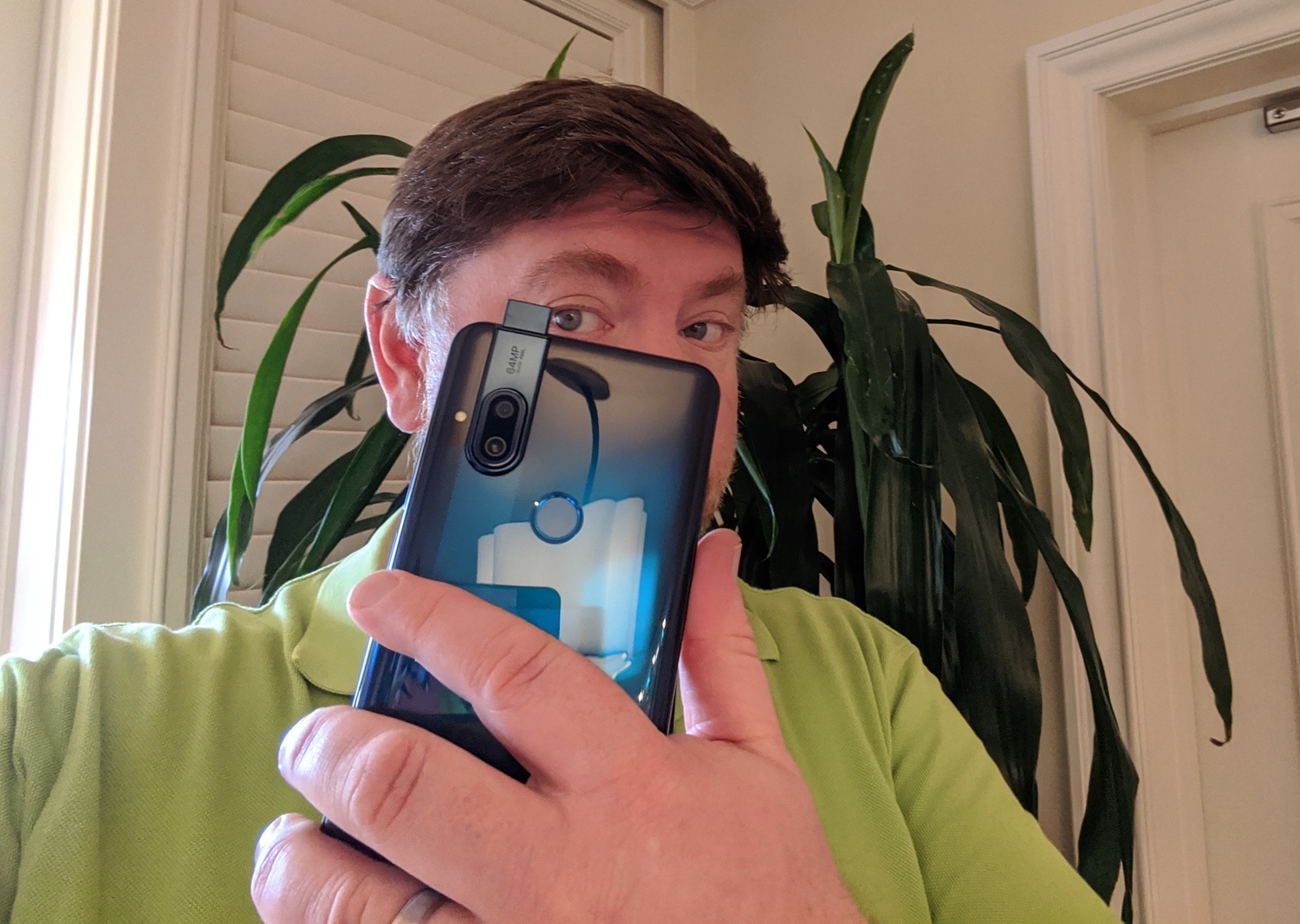
It all sounds promising, though the true measure of the Motorola One Hyper's Camera will be when we get it matched against the Pixel 3a, which is currently our pick for the best budget option among the top camera phones.
Motorola One Hyper processor and battery
The Motorola One Hyper runs on a Snapdragon 675, the same midtier processor Motorola uses in its flagship Moto Z4, not to mention the Motorola One Zoom. (The Action gets by with a Snapdragon 670.) For what it's worth, the Motorola One Zoom outperformed the Pixel 3a in benchmarking, and we'd expect the same from the Hyper since it matches the Zoom's 4GB of memory.
You get 128GB of built-in storage with the Motorola One Hyper, and you can boost that by up to 1TB if you used a microSD card.
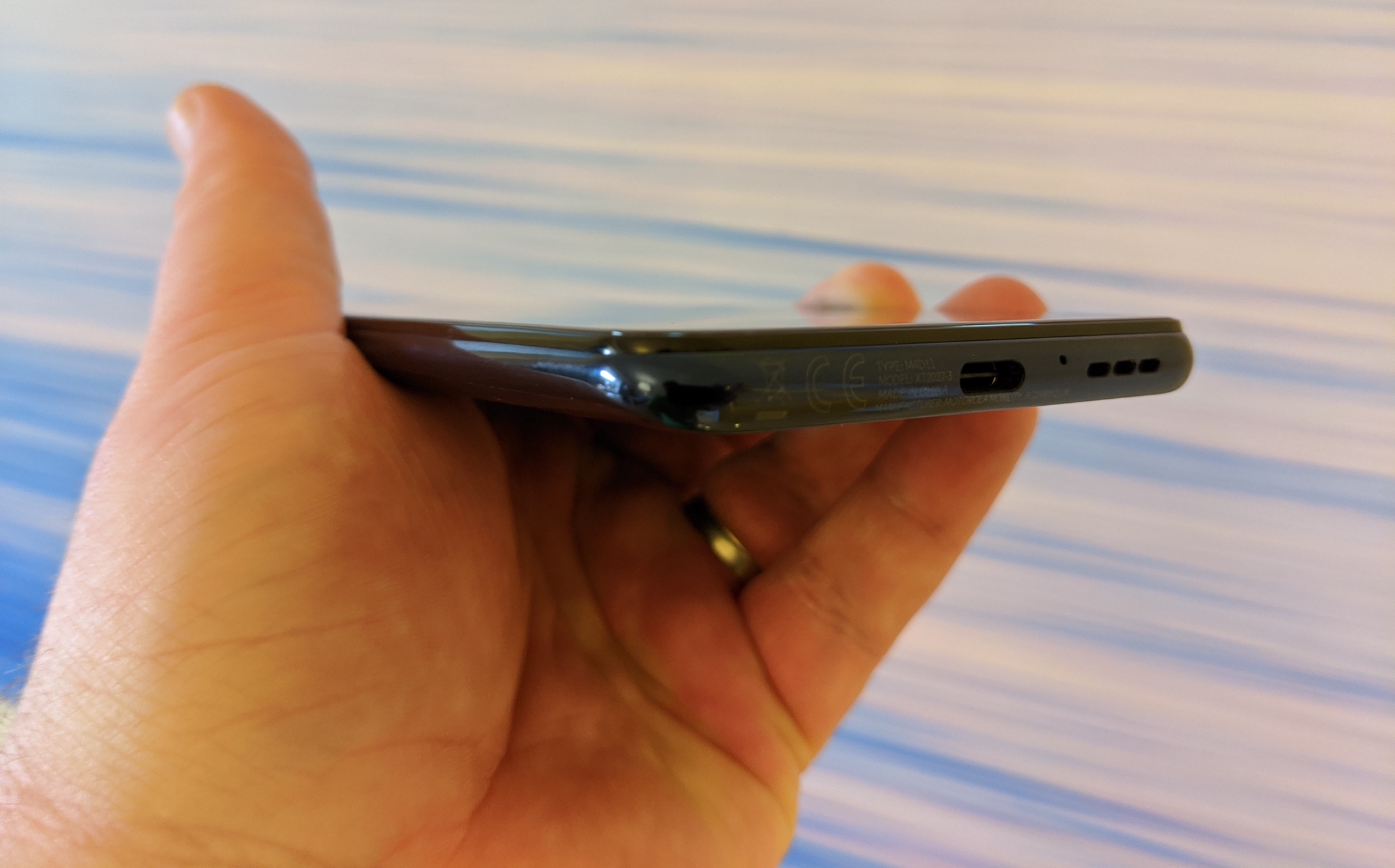
There's a 4,000 mAh battery inside the Motorola One Hyper, so we're expecting lots of battery life, especially since Motorola has a good track record of producing long-lasting budget and midtier devices. (The Moto G7 Power is the longest-lasting phone we've tested, and the Moto Z4 lands in on that list as well.) When you do run out of power, the Hyper can support up to 45W fast-charging, though only an 18W charger comes in the box.
Unlike the Zoom and Action, this version of the Motorola One will ship with Android 10, the latest version of Google's mobile OS. So that's another area where it can match the Pixel 3a, which just saw an upgrade to the new version of Android.
Outlook
In a world where Motorola is churning out foldable phones like the brand-new Motorola Razr and reaffirming its commitment to high-end devices by pledging to come out with a Snapdragon 865-powered handset next year, the Motorola One Hyper may not necessarily excite. But it would be a mistake to dismiss this phone out of hand. The cameras seem promising and could prove to be a worth alternative to the Pixel 3a, while matching that phone's low price tag.
We'll find out for certain when we get our hands on a review unit of the Motorola One Hyper to fully test the device.
Philip Michaels is a Managing Editor at Tom's Guide. He's been covering personal technology since 1999 and was in the building when Steve Jobs showed off the iPhone for the first time. He's been evaluating smartphones since that first iPhone debuted in 2007, and he's been following phone carriers and smartphone plans since 2015. He has strong opinions about Apple, the Oakland Athletics, old movies and proper butchery techniques. Follow him at @PhilipMichaels.
